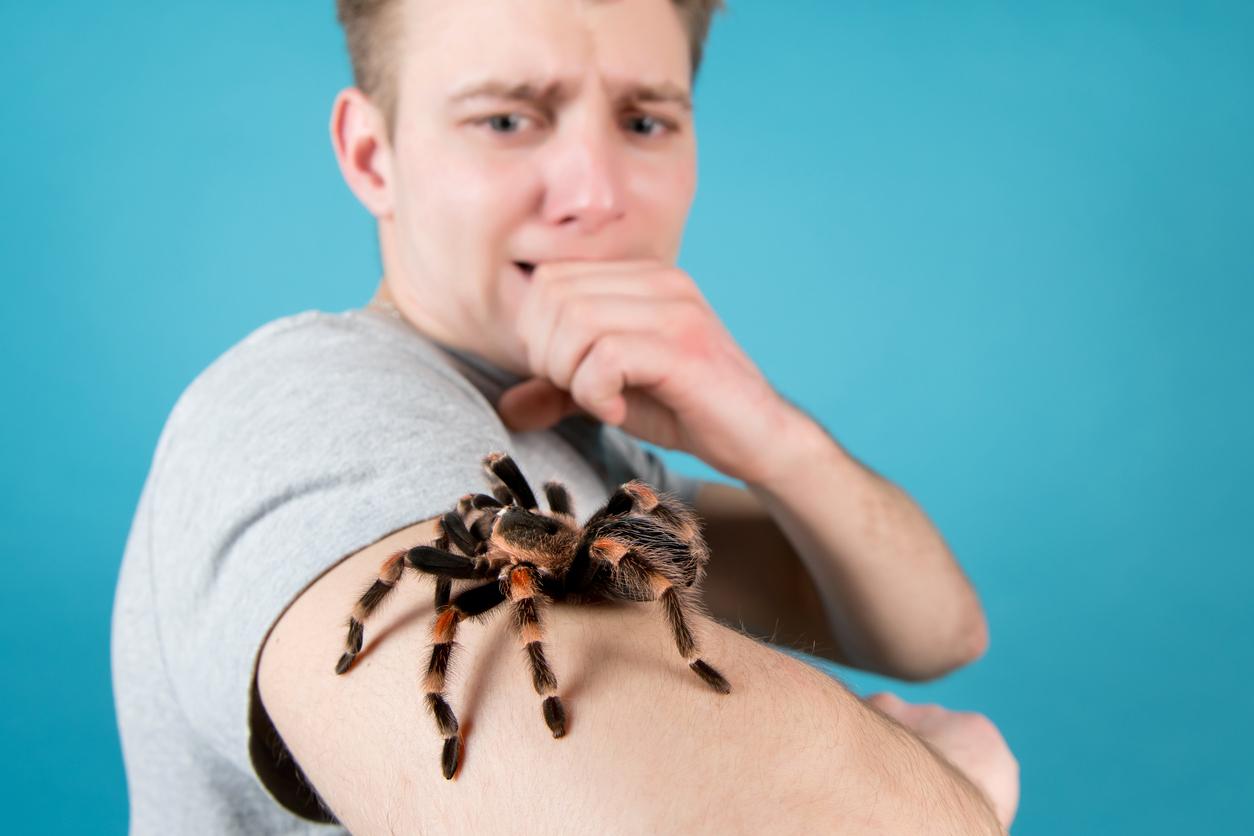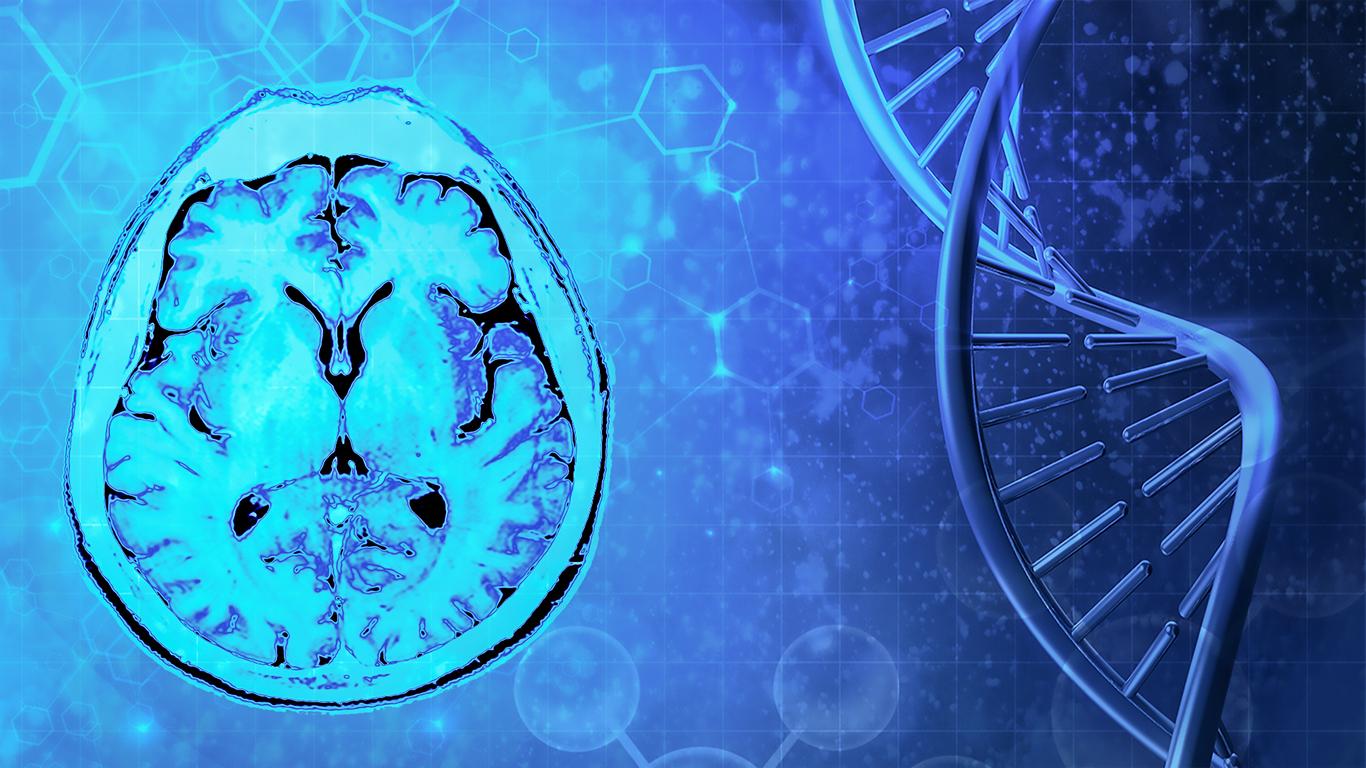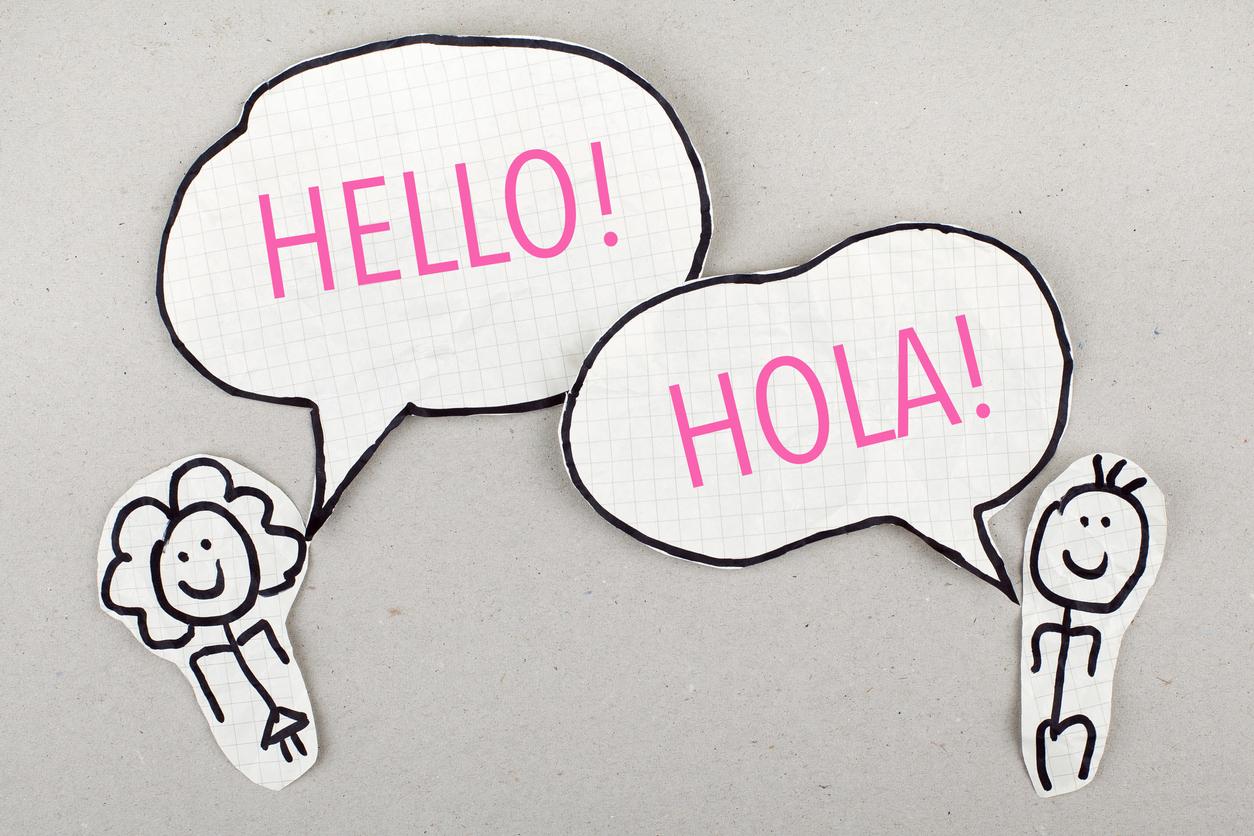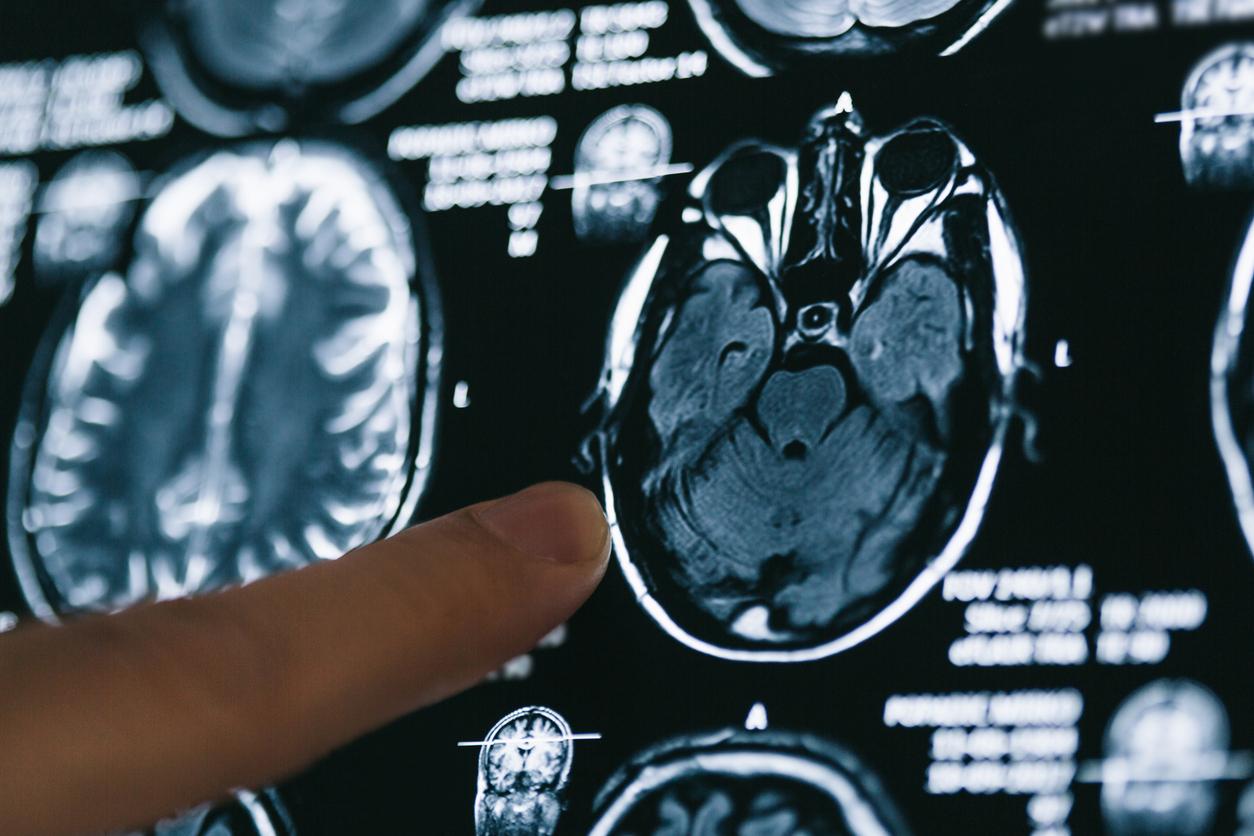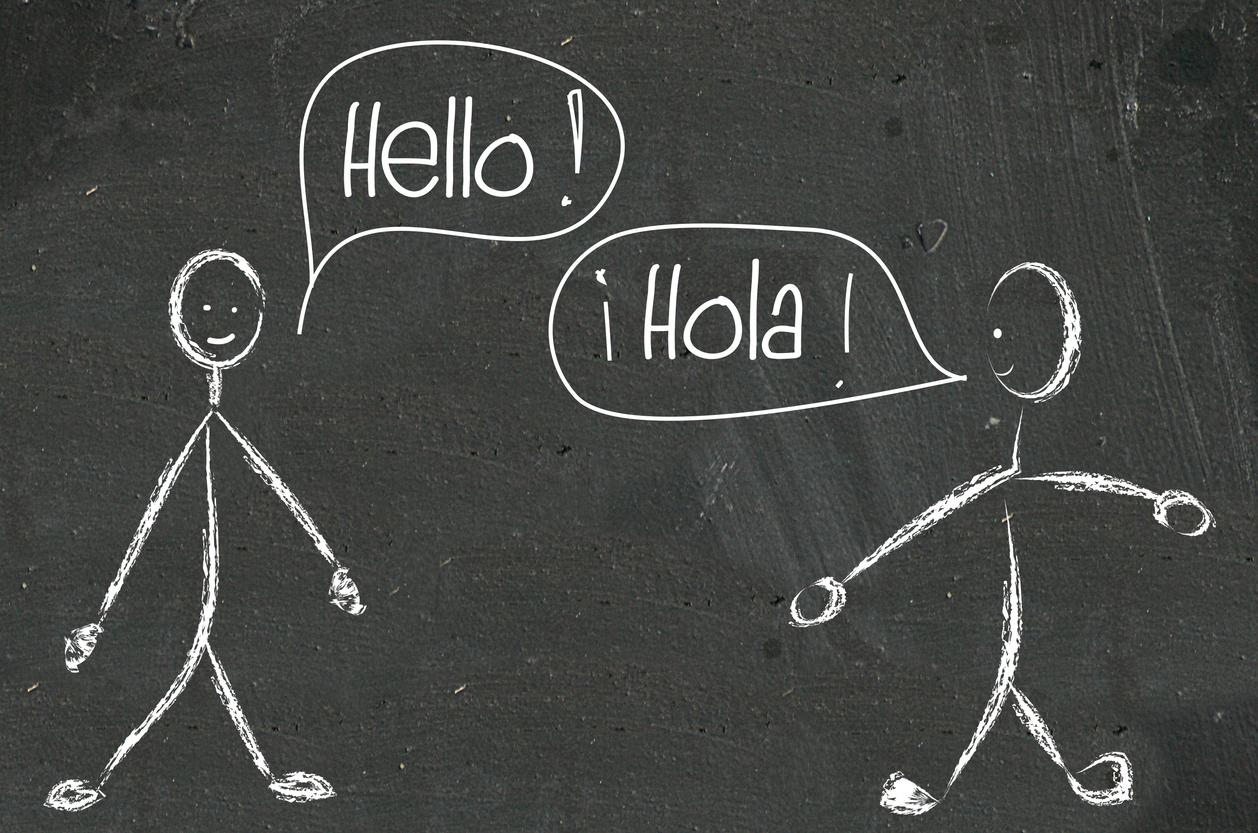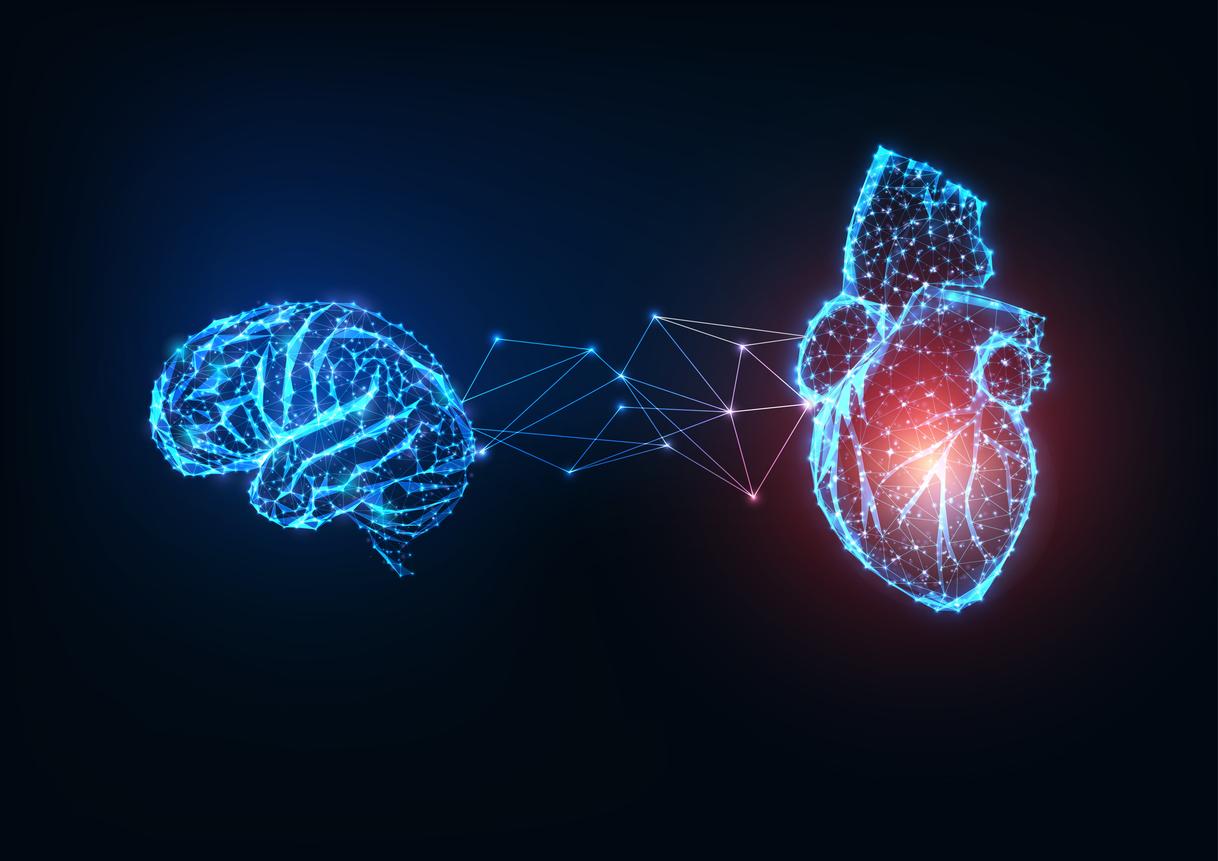Contagious yawns, synchronized applause… Italian researchers have revealed new neural mechanisms behind imitative behavior.

- Imitation behavior underlies many complex social interactions and can influence interpersonal relationships as well as group dynamics.
- Strengthening the pathway between two brain regions, called the ventral premotor cortex (PMv) and primary motor cortex (M1), increases imitative behavior, a study found.
- “This could lead to therapeutic applications to improve cognitive performance in patients with neurological disorders and social dysfunction disorders,” the authors say.
“Humans tend to spontaneously imitate the behavior of others, even when it is detrimental to the task at hand. This ubiquitous phenomenon is linked to activation of the cortical motor system. However, the precise contribution of distinct pathways from the premotor to the primary motor cortex for imitation is unclear,” wrote researchers from the University of Bologna (Italy) in a study published in the journal Proceedings of the National Academy of Sciences (PNAS).
80 adults underwent a non-invasive brain stimulation protocol
In this research, the team used an advanced non-invasive brain stimulation technique called cortico-cortical paired associative stimulation (ccPAS) to target the plasticity mechanisms of the brain connectome, the brain’s complete map of neural connections. To carry out the work, the scientists recruited 80 people, who were divided into four groups. All adults underwent a different non-invasive brain stimulation protocol. Each participant performed two behavioral tasks, before and after treatment: a voluntary imitation task and an automatic imitation task. The aim was to test whether manipulating the connectivity between frontal areas (in particular the ventral premotor area, the supplementary motor area, and the primary motor cortex) influences automatic and voluntary imitation.
“Enhanced connectivity between the ventral premotor area and primary motor cortex increases” imitative behavior
The results showed that different circuits of the motor system served distinct and dissociable social functions, and that the direction of stimulation and the target area differentially affected the neural circuits involved in imitation. “We have seen that improving the connectivity between the ventral premotor area and the primary motor cortex increases the tendency to automatically imitate the behavior of others, while weakening it has the opposite effect. On the contrary, the supplementary motor cortex seems to have a role of cognitive control on the motor system: the improvement of its connectivity with the primary motor cortex indeed induces a greater capacity to avoid imitation when it is inappropriate to the context”explained Sonia Turrinico-author of the study.
According to the researchers, these data open new avenues for understanding how brain plasticity can be manipulated to increase or decrease imitative behavior and make people less susceptible to interference while performing a task. “This could lead to therapeutic applications to improve cognitive performance in patients with neurological disorders and social dysfunction disorders,” concluded Alessio Avenanti, who coordinated the research.









